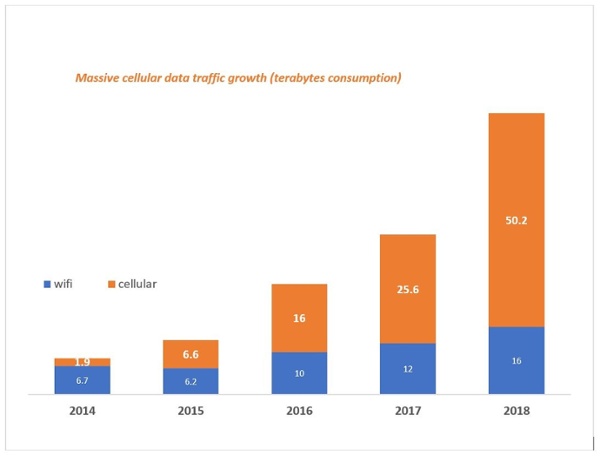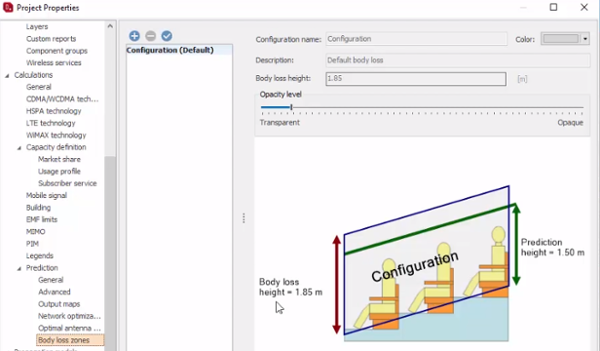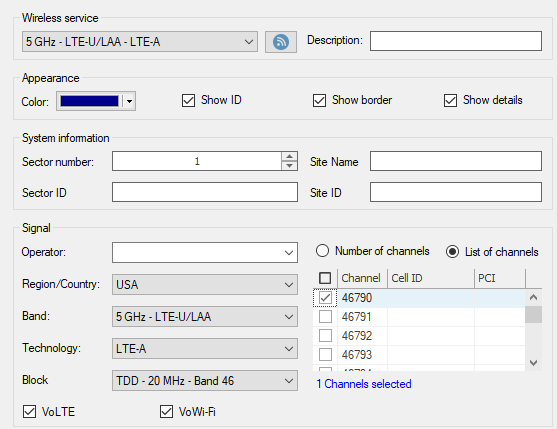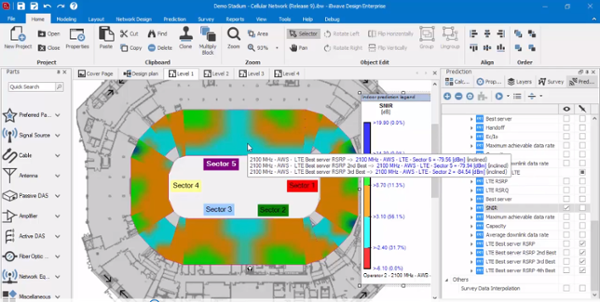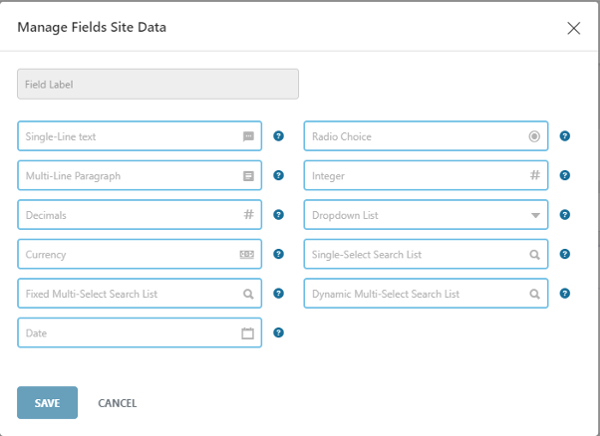Network Densification – Stadium Use Case
Share
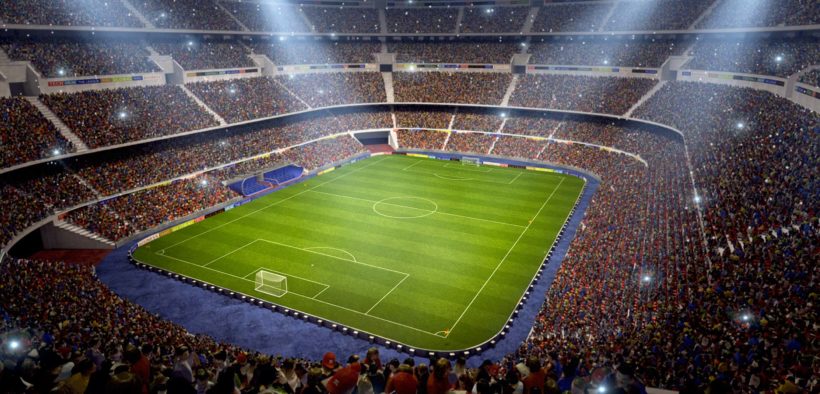
It’s all about more and faster mobile data!
For the past decade, a mobile carrier’s prime focus has been on cellular coverage improvements to provide traditional mobile services to their subscribers – i.e., voice, SMS, and data services – anywhere, anytime. As 80% of mobile sessions happen indoors, there has been a major push for massive deployments of active/passive DAS systems inside major venues like airports, stadiums, enterprise campuses and hospitality venues since the early 2010s.
However, with the growing success of media-rich apps like WhatsApp, Skype, Facebook messenger or WeChat, Line in Asia (the list goes on and on), mobile communications are now primarily driven by mobile data consumption with bandwidth hungry applications for HD video calling, streaming and sharing.
With this insatiable demand for more data usage driven by the commercial success of unlimited data plans, mobile carriers are now engaged in a competitive race to give their mobile customers faster and faster data speeds. Carriers are convinced that eMBB (enhanced Mobile Broadband) services are business critical for their future success. As a result, they are not waiting for 5G readiness to enhance their network performance in large venues; they are addressing it now with today’s available technologies. They want to be prepared to provide superior broadband quality experience for their mobile subscribers.
Design for mobile broadband brings new complexities
As reported by our customers, more than 50% of their venue projects are related to network upgrades for more broadband data capacity. The so-called network densification allows support for more data connections with much higher data throughput to get near to the Gigabit per second from the traditional 50 Mbps downlink speed with 4G.
To achieve this goal for Gigabit LTE speed serving large scale of mobile connections, a new approach for in-building design is required. It relies on a subtle combination of RF design optimization – i.e., do more with existing spectral resources, use of unlicensed spectrum with LTE LAA, technology evolution with carrier aggregation, 4×4 MIMO modeling and cell densification with small cell deployments. It makes the in-building design more complex with the additional challenge to frequently upgrade for more capacity so that the carrier keeps up with the fast pace of more user data consumption.
That’s why iBwave strives to provide new in-building feature-rich capabilities for network densification, to help our customers to make the DNA (Densified Network Architecture) upgrade fast, reliable, and easy.
Stadium Use Case: Sharing the fan experience with mobile.
Let’s look at a specific use case for network densification for sports stadiums, and the benefits of our new advanced capabilities available with the latest Release 10 of iBwave Design.
The graph below shows the impressive cellular data growth consumed by football fans during the Super Bowl event, doubling year-over-year while Wi-Fi consumption only shows one-digit annual growth. On average, last February 2018, a Super Bowl fan consumed a half gigabyte of data – or the equivalent 10-15 minutes of HD video sessions.
Graphic: Cellular data consumption by Football fans attending Super Bowl
Data Source: Mobile Sports report 2018
The challenge for large US carriers is to keep up the performance of their DAS with the demands of their data-hungry consumers. Furthermore, spectrum resources are becoming scarce making it even more challenging for network densification. For example, since 2008, FCC has only released 295 MHz of spectrum for US operators.
Finally, with this exponential growth of data traffic, mobile carriers must carry out more frequent design changes for more densified network upgrades.
To solve these key challenges for stadiums, iBwave Design now provides a set of powerful tools that allow:
- Faster data throughput with stadium design leveraging 5GHz unlicensed LAA
- RF resource optimization with LTE frequency re-use
- Better prediction accuracy for stadiums with body loss modeling
- Easier troubleshooting reducing signal interference between different sources
- Increased productivity with up-to-date digitalized stadium project documentation
Let’s have a closer look at some new capabilities that can greatly support more network densification for a stadium:
Body loss modeling:
With the new trend of under-seat DAS antenna deployment in highly dense stadiums, it is crucial to consider body loss into the design prediction. Our new body loss modeling feature allows for more design accuracy in terms of SNIR calculation. It also helps to generate a more optimal bill of materials for new DAS antennas to support increased data throughput.
LTE LAA with Carrier Aggregation
LTE LAA – Licensed Assisted Access leverages the 5 GHz unlicensed spectrum to provide additional LTE downlink channels in a stadium. A design combining LAA with carrier aggregation allows carriers to off-load part of their data traffic on this unlicensed spectrum to offer a better data connection while saving on spectrum cost.
LTE Best Server RSRP, RSRQ
Network densification often implies an increase in the number of sectors to provide higher capacity in different zones of the stadiums. However, by doing so, it could generate new unwanted interferences between sectors, in turn negatively impacting the overall quality of data connectivity. LTE Nth Best Server RSRP, RSRQ allows to quickly pinpoint interfering sectors so that the design can be easily optimized for higher throughput.
Digitalization of stadium projects
With more frequent DAS network upgrades being done in stadiums involving many different players e.g., system integrators, equipment vendors, property owners, it is essential that there is a single digitalized document platform to simplify information sharing across all the parties and allow quick access to the right project information for design, review, and approval to achieve faster time to market for new capacity roll-out. iBwave Unity as a cloud-based digitalized design hub allows flexible data customization to seamlessly integrate project information specific to stadiums for example.
Conclusion
The entire industry is gearing up for 5G with high market expectations to enable new and fascinating use cases like VR/AR, driverless cars, massive IoT living, smart buildings and more.
Still, LTE and LTE Advanced will remain the key technologies to enable network densification needed to address the immediate surge of mobile broadband consumption.
It would be fair to say that network densification is also paving the road for 5G. iBwave is already committed to offering 5G mm-wave frequencies suited for providing more network off-load capacity in stadiums with direct line-of-sight. Network densification will be a never-ending story and iBwave will play a key role to make it a successful one.
- Network Densification – Stadium Use Case - May 30, 2018

